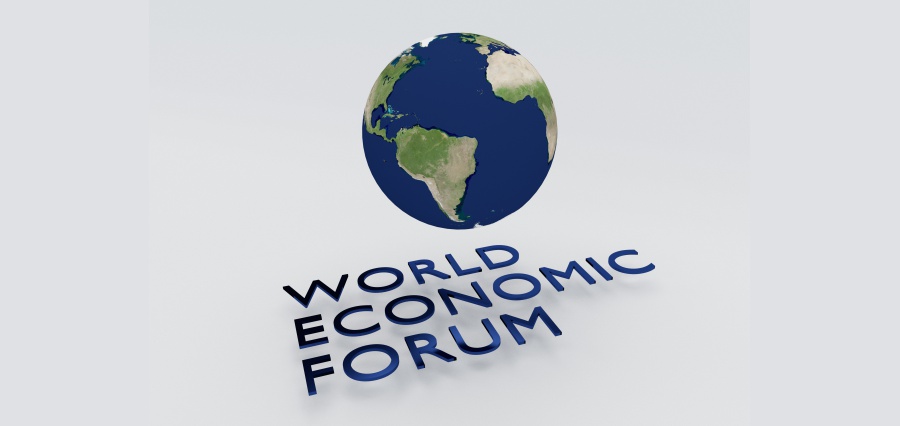Prime Highlights:
Closing the global women’s health gap could add $400 billion to global GDP annually by 2040, according to a new report from the World Economic Forum (WEF).
Nine major health conditions disproportionately affect women, including maternal hypertensive disorders, ischemic heart disease, and endometriosis, which contribute to women spending 25% more of their lives in poor health than men.
WEF launched a new, publicly accessible platform to monitor and address health disparities faced by women worldwide, providing insights to close these gaps.
Key Background:
At the World Economic Forum’s annual meeting in Davos, a new report has made a compelling case for the importance of investing in women’s health, suggesting that closing the health gap for women could add $400 billion annually to global GDP by 2040. The research, published in collaboration with the McKinsey Health Institute (MHI), underscores the significant economic benefits of improving women’s health outcomes worldwide.
The report, titled Blueprint to Close the Women’s Health Gap: How to Improve Lives and Economies for All, highlights the urgent need for focused action on nine key health conditions that disproportionately affect women. These conditions, which include maternal hypertensive disorders, postpartum hemorrhage, ischemic heart disease, cervical cancer, and breast cancer, as well as health span conditions like endometriosis, menopause, and migraine, contribute to women living 25% more of their lives in poor health than men. The report emphasizes that addressing these conditions could reduce the global disease burden by 27 million disability-adjusted life years (DALYs), while also adding the equivalent of 2.5 healthy days per woman per year.
In addition to the report, the Forum introduced the Women’s Health Impact Tracking (WHIT) platform, a publicly accessible tool designed to monitor and address the health disparities faced by millions of women worldwide. The platform aims to provide actionable insights that can help bridge these gaps and inform effective healthcare strategies tailored to women’s specific needs.
Shyam Bishen, Head of the Centre for Health and Healthcare at the World Economic Forum, highlighted the importance of tracking progress in order to drive meaningful change. He noted that women are often overlooked in health research, with only 10% of clinical trials for conditions like ischemic heart disease and migraine reporting sex-specific data. Lucy Perez, Senior Partner at McKinsey & Company, echoed the call for a shift in how women’s health is approached, stating, “It is time to count women, study women, care for women, invest in women and include all women.”
The report also identified five critical actions to address disparities in women’s health, including improving data collection, funding research on female-specific health concerns, tailoring clinical guidelines, addressing disparities for marginalized groups, and mobilizing funding for innovative healthcare solutions. The WEF calls for urgent global action to ensure that women and girls can lead healthier, more productive lives, urging governments, the private sector, and civil society to collaborate in advancing these goals.




